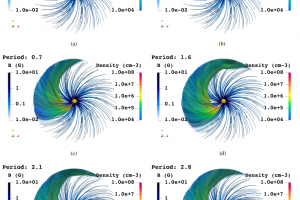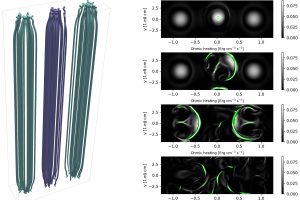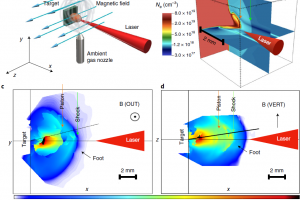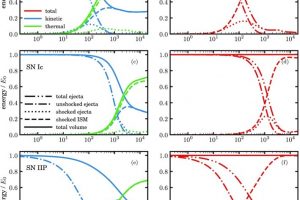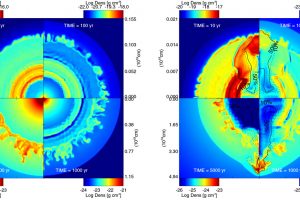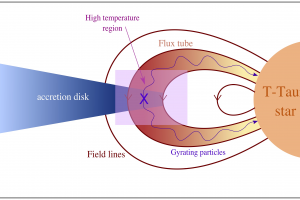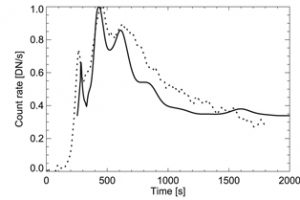A 3D model predicts the X-ray emission of the next nearby nova, T Coronae Borealis. The study: “Predicting the X-ray signatures of the imminent T Coronae Borealis outburst through 3D hydrodynamic modeling” of S. Orlando (INAF – OAPA) appeared on A&A

A new star may soon light up our sky, becoming visible even at naked eye. It is T Coronae Borealis, a recurrent nova located just under 3000 light-years away from us. In fact, it is the closest known object of this class to Earth. A nova is a system characterized by periodic explosions accompanied by sudden increases in brightness. These
» Read more

